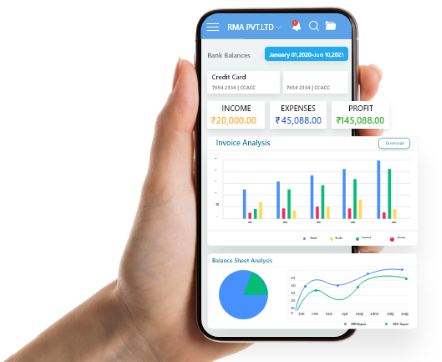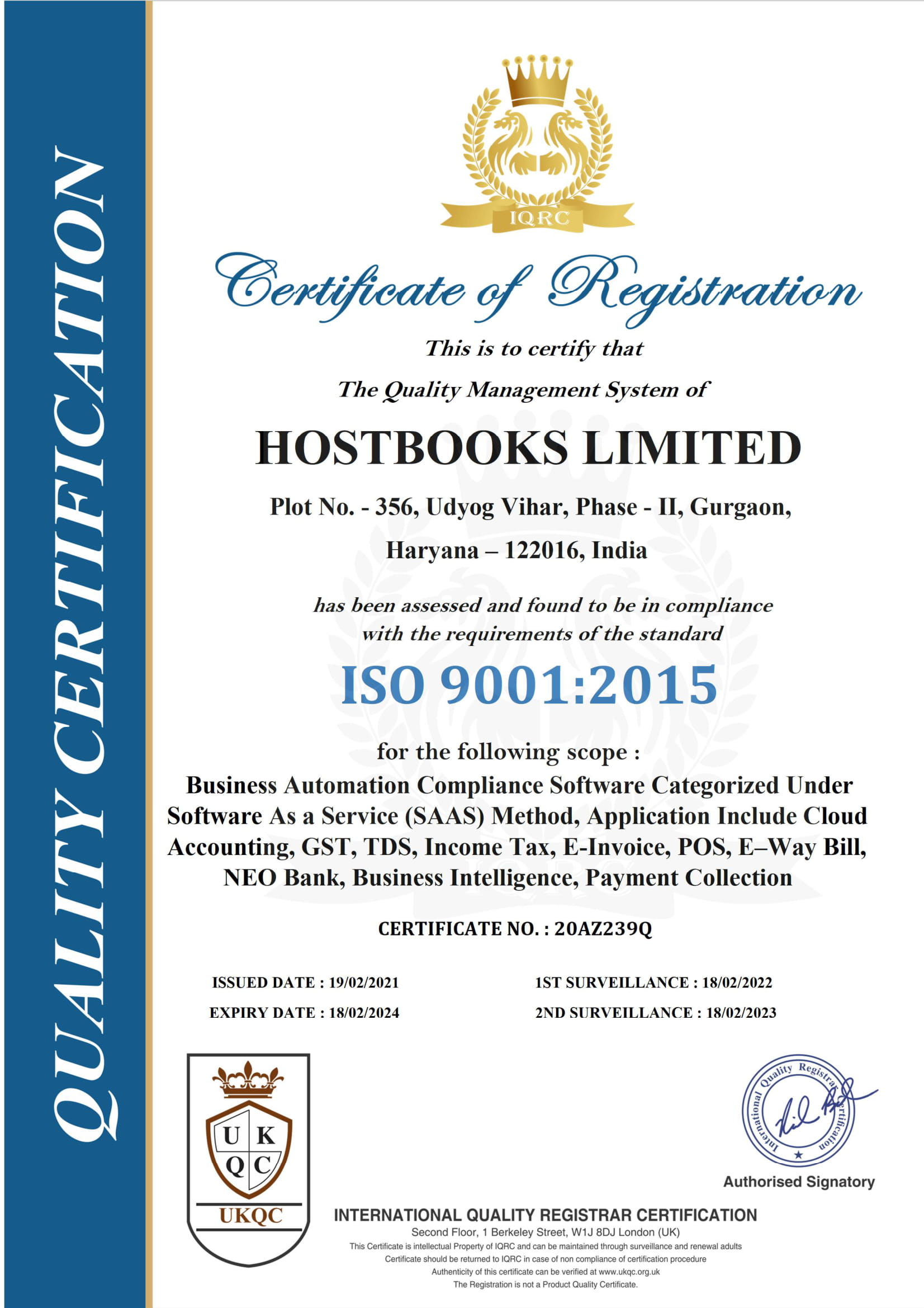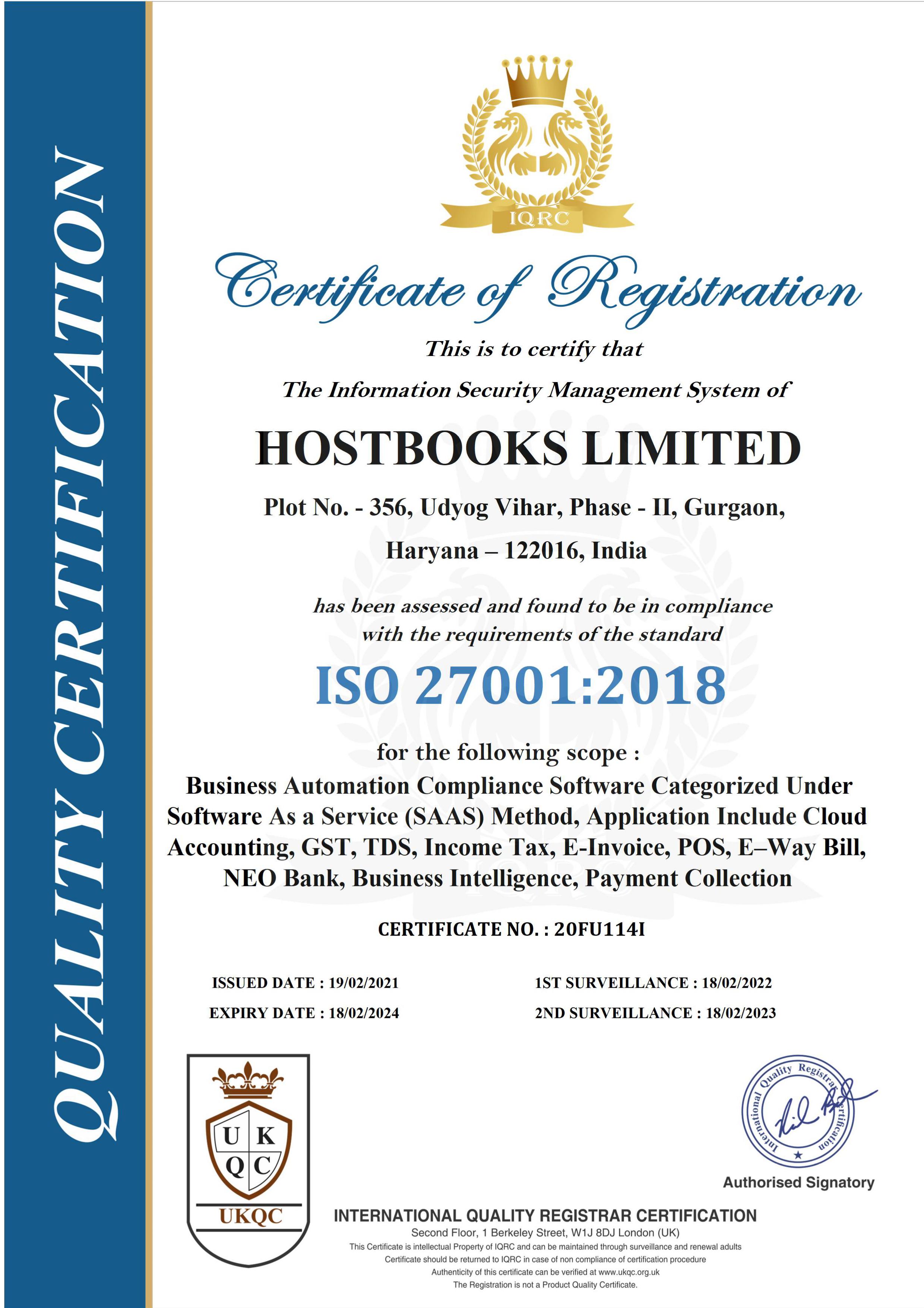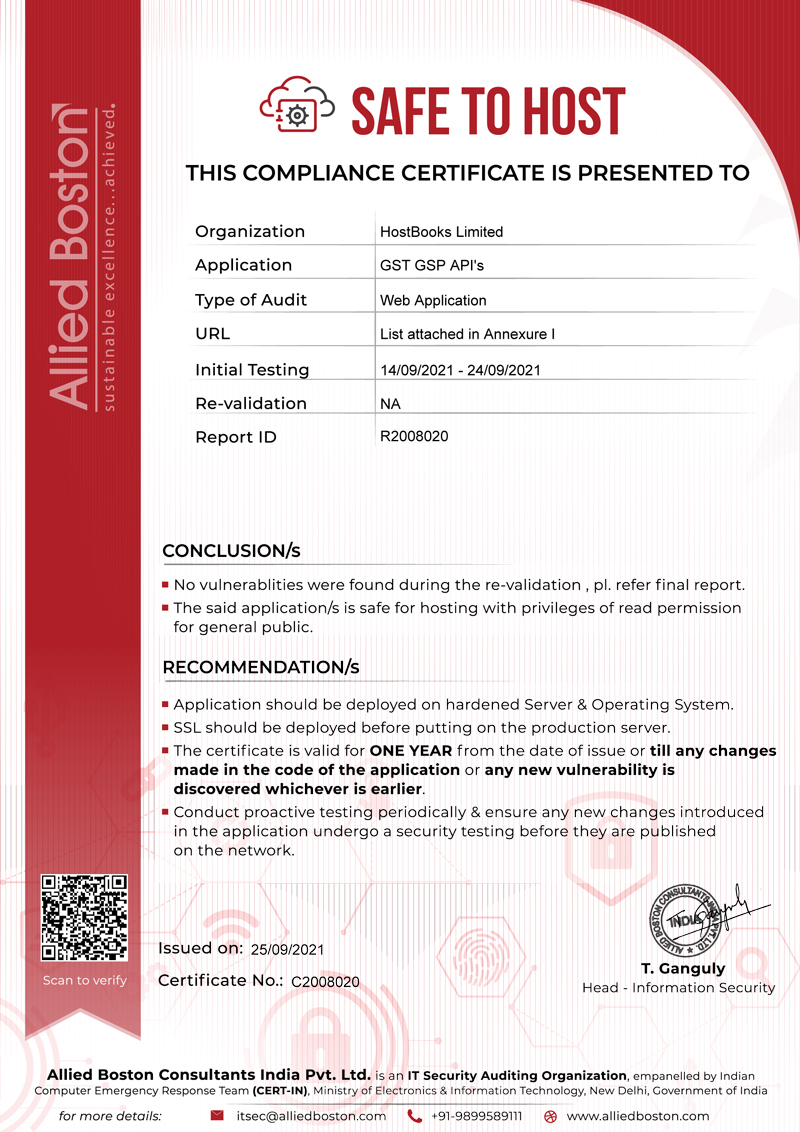INCOME TAX SLAB FOR AY 2024-25 (FY 2023-24) AND AY 2023-24 (FY 2022-23): OLD AND NEW REGIME
As the finance minister, announced the budget for the year, the salaried individuals of India got the new slab rate - popularly known as The New Tax Regime. This increased the minimum taxable income limit to 3 Lakh and rebate up to the income of ₹ 7,00,000. However, the old income tax slab rate was not revoked, and both will continue to exist parallelly.
In short, individual could choose whether he wants to file tax under Old Income Tax Slab rate and the New Income Tax Slab for the AY 2023-24 (FY 2022-23) and AY 2024-25 (FY 2023-24) for individuals. We would discuss the applicable surcharge for AY 2023-24 (FY 2022-23).
Things get complicated but let's look at the timeline and try to simplify the different Income Tax slabs of bold old and new applicable for this year and subsequent years.
Note: Here is the latest TDS Rate Chart for FY 2023-24 AY (2024-25).
Income Tax Slab Rates Applicability: Timeline
There are 3 Income tax slabs commonly which is creating confusion among individual taxpayer Let's look at the timeline and the applicability of different tax rates.
Old Regime
- Introduced in Year 2016
- Applicable for FY 2016-17 (AY 2017-18) and Onwards
- Continues to exist (at least up to AY 2024-25, might continue to exist beyond)
New Regime
The new tax regime was introduced in the Union Budget 2020 and was Optional for individuals. It was then revised in 2023 to increase the taxable limit up to 3 lakh per annum and rebate up to ₹ 7 Lakh per annum.
| New Tax Regime (Before Union Budget 2023) | New Tax Regime (After Union Budget 2023) |
|---|---|
| Introduced in the year 2020. | Introduced in the year 2023. |
| Applicable from FY 2020-2 (AY 2021-22) | Applicable from FY 2023-24 (AY 2024-25) |
| Applicable up to FY 2022-2023 (AY 2023-24) | Would be the default Tax Slab rate from FY 2023-24 and onwards. |
| Optional Tax Bracket for AY 2023-24 (FY 2022-23) |
Income Tax Slab Rate for AY 2023-24 or FY 2022-23 (Chart)
Individuals could between Old Regime and New Regime (before Union Budget 2023) while calculating Income Tax for FY 2022-23 (AY 2023-24).
Notes:
- The Old tax bracket is the default option. All your TDS must have been deducted based on the old tax slab rate.
- The old tax regime has three different slab rates depending on the age of the individual. The were as follows.
i) Individual under 60 years old
ii) Senior Citizen aged between 60-80 years old.
iii) Super Senior Citizen above 80-year-old
- The Income Tax Bracket under new regime has one tax for all the individuals.
- Rebate up to ₹ 5,00,000 is applicable under both regimes.
- The Tax brackets mentioned below are subject to conditions for Residents.
Tax Rates for Individuals Below 60
For Individuals who is of the age of less than 60 years
| Taxable income | Tax Rate under Old Regime | Tax Rate in new Regime (before Union Budget 2023) |
|---|---|---|
| Up to ₹ 2,50,000 | Nil | Nil |
| ₹ 2,50,001 to ₹ 5,00,000 | 5% | 5% |
| ₹ 5,00,001 to ₹ 7,50,000 | 20% | 10% |
| ₹ 7,50,001 to ₹ 10,00,000 | 20% | 15% |
| ₹ 10,00,001 to ₹ 12,50,000 | 30% | 20% |
| ₹ 12,50,001 to ₹ 15,00,000 | 30% | 25% |
| Above ₹ 15,00,000 | 30% | 30% |
Income Tax rates For Senior Citizens
Individuals who is of the age of 60 years or more but less than 80 years
| Taxable income | Tax Rate under Old Regime | Tax Rate in new Regime (before Union Budget 2023) |
|---|---|---|
| Up to ₹ 2,50,000 | Nil | Nil |
| ₹ 2,50,001 to ₹ 3,00,000 | Nil | 5% |
| ₹ 3,00,001 to ₹ 5,00,000 | 5% | 5% |
| ₹ 5,00,001 to ₹ 7,50,000 | 20% | 10% |
| ₹ 7,50,001 to ₹ 10,00,000 | 20% | 15% |
| ₹ 10,00,001 to ₹ 12,50,000 | 30% | 20% |
| ₹ 12,50,001 to ₹ 15,00,000 | 30% | 25% |
| Above ₹ 15,00,000 | 30% | 30% |
Income Tax rate for Super Senior Citizens
Individuals who is of the age of 80 years or more at any time during the previous year:
| Taxable income | Tax Rate under Old Regime | Tax Rate in new Regime (before Union Budget 2023) |
|---|---|---|
| Up to ₹ 2,50,000 | Nil | Nil |
| ₹ 2,50,001 to ₹ 5,00,000 | Nil | 5% |
| ₹ 5,00,001 to ₹ 7,50,000 | 20% | 10% |
| ₹ 7,50,001 to ₹ 10,00,000 | 20% | 15% |
| ₹ 10,00,001 to ₹ 12,50,000 | 30% | 20% |
| ₹ 12,50,001 to ₹ 15,00,000 | 30% | 25% |
| Above ₹ 15,00,000 | 30% | 30% |
Income Tax Slab Rate for AY 2024-25 or FY 2023-24 (Chart)
Individuals could between Old Regime and New Regime (After Union Budget 2023) while calculating Income Tax for FY 2023-24 (AY 2024-25).
Notes:
- The new tax bracket is the default option. All your TDS will be deducted based on the new regime tax slab rate.
- The Income Tax Bracket under new regime has one tax for all the individuals.
- The major change between the new tax regime before union budget 2023 are
- Minimum Taxable income increased to ₹ 3,00,000 from ₹ 2,50,000
- Income tax rebate is allowed up to Total Taxable income of ₹ 7,00,000
For Individuals Below 60
For Individuals who is of the age of less than 60 years
| Taxable income | Tax Rate under Old Regime | Tax Rate in new Regime (before Union Budget 2023) |
|---|---|---|
| Up to ₹ 2,50,000 | Nil | Nil |
| ₹ 2,50,001 to ₹ 5,00,000 | 5% | 5% |
| ₹ 5,00,001 to ₹ 7,50,000 | 20% | 10% |
| ₹ 7,50,001 to ₹ 10,00,000 | 20% | 15% |
| ₹ 10,00,001 to ₹ 12,50,000 | 30% | 20% |
| ₹ 12,50,001 to ₹ 15,00,000 | 30% | 25% |
| Above ₹ 15,00,000 | 30% | 30% |
Tax Slab for Senior Citizens
Individuals who is of the age of 60 years or more but less than 80 years
| Taxable income | Tax Rate under Old Regime | Tax Rate in new Regime (before Union Budget 2023) |
|---|---|---|
| Up to ₹ 2,50,000 | Nil | Nil |
| ₹ 2,50,001 to ₹ 3,00,000 | Nil | 5% |
| 3,00,001 to ₹ 5,00,000 | 5% | 5% |
| 5,00,001 to ₹ 7,50,000 | 20% | 10% |
| 7,50,001 to ₹ 10,00,000 | 20% | 15% |
| ₹ 10,00,001 to ₹ 12,50,000 | 30% | 20% |
| ₹ 12,50,001 to ₹ 15,00,000 | 30% | 25% |
| Above ₹ 15,00,000 | 30% | 30% |
Income Tax rate for Super Senior Citizens
Individuals who is of the age of 80 years or more at any time during the previous year:
| Taxable income | Tax Rate under Old Regime | Tax Rate in new Regime (before Union Budget 2023) |
|---|---|---|
| Up to ₹ 3,00,000 | Nil | Nil |
| ₹ 300,001 to ₹ 5,00,000 | Nil | 5% |
| 5,00,001 to ₹ 7,50,000 | 20% | 10% |
| 7,50,001 to ₹ 10,00,000 | 20% | 15% |
| ₹ 10,00,001 to ₹ 12,50,000 | 30% | 20% |
| ₹ 12,50,001 to ₹ 15,00,000 | 30% | 25% |
| Above ₹ 15,00,000 | 30% | 30% |
Surcharge for AY 2023-24 and AY 2024-25
Surcharge on income tax is an additional tax levied on individuals or entities with high income levels. It is applied as a percentage surcharge on the total income tax payable.
Applicable Surcharge for AY 2023-24 and AY 2024-25 is same.
| Rate | Condition |
|---|---|
| 10% on tax amount | income more than ₹ 50 lakh |
| 15% on tax amount | income more than ₹ 1 crore |
| 25% on tax amount | income more than ₹ 2 crore |
| 37% on tax amount | income more than ₹ 5 crore |
Cess on income Tax for FY 2022-23 and AY 2023-24
Cess on income tax is an additional levy imposed by the government over and above the regular income tax. It is typically collected to fund specific purposes or initiatives.
In India, Health and Education Cess is levied on total Income tax + surcharge. The Health and Education Cess is imposed at a rate of 4% on the total amount of income tax, including the surcharge.
Deduction and exemption on Tax Bracket for FY 2022-23 (AY 2023-24) and FY 2023-24 (AY 2024-25)

Taxpayers can take advantage of several deductions and exemptions under both old tax regime and new tax regime to reduce their taxes. Most of the deductions there are allowed under old regime are removed from the new tax slab. However, there are a few deductions and exemptions that are allowed under both old and new tax law.
Deductions Claimable Under Both New and Old Tax Brackets
- Standard Deduction
- Employer's Contribution to NPS Account
- Interest on Home loan
- Employer EPF Contribution
Exemption applicable for Both Old and New Tax Regime
- Income from Life Insurance.
- Income from agricultural farming.
- Standard reduction on rent.
- Retrenchment compensation.
- Leave encashment on retirement.
- VRS proceeds up to ₹ 5 lakh.
- Retirement cum death benefit.
- Money received as a scholarship for education.
- Interest and maturity amount of PPF or Sukanya Samriddhi Yojna.
- Interest received on Post Office Savings Account under Section 10(15(i)) the maximum amount of ₹ 3,500.
- Gratuity received from employer up to a maximum amount of ₹ 20 lakh.
- The amount received from Life Insurance Policy on maturity under Section 10(10D).
- Employer contribution in NPS or EPF up to 12% of salary and interest on EPF up to 9.5% p.a.
Old Tax Regime and New Tax Regime Summary
Here is a quick summary chart of all the Tax Slabs applicable for AY 2023-24 and AY 2023-22
| Differences | Old Regime | New Regime (Before Union Budget 2023) | New Regime (After Union Budget 2023) |
|---|---|---|---|
| Assessment Year 2023-24 (FY 2022-23) | Default | Optional | Not Applicable |
| Assessment Year 2024-25 (FY 2023-24) | Optional | Not Applicable | Default |
| Minimum Taxable Income | Rs 2.5 Lakh | Rs 2.5 Lakh | Rs 3 lakh |
| Rebate Up to | Rs 5 Lakh | Rs 5 lakh | Rs 7 Lakh |
| Standard Deduction (Rs 50000 ) | Allowed | Not Allowed | Allowed |
| No taxes For Salaried upto | Rs 5.5 Lakh | Rs 5 lakh | Rs 7.5 Lakh |
| HRA Exemption | Allowed | Disallowed | Disallowed |
| Interest on Home Loan | Allowed | Allowed | Allowed |
| NPS Contribution | Allowed | Employer Part only allowed | Employer Part only allowed |
| HRA and LTA | Allowed | Disallowed | Disallowed |
How to calculate Income Tax for AY 2023-24 and AY 2024-25

To calculate your income tax in India, you need to follow these steps:
1. Determine your gross income: Add up all your income from all sources, such as salary, business income, rental income, interest income, etc.
2. Claim deductions and exemptions: Deduct eligible deductions and exemptions from your gross income. Take professional help if you want.
3. Calculate taxable income: Subtract the total deductions and exemptions claimed from your gross income. This will be your taxable income.
4. Identify your tax slab: The Indian income tax system has different tax slabs for different income levels and the assessment year you are filing. You can calculate taxes under both New Regime and old regime before filing.
5. Calculate the tax liability: Multiply your taxable income in each slab by the applicable tax rate and add up the total. Add Cess and Surcharge as applicable.
Which Income Tax Slab Rate is better
There are two income tax slabs for FY 2023-24 and FY 2022-23, so which one is better? Here is a quick overview.
For AY 2023-24 (FY 2022-23)
For Assessment year 2023-24, slab rate under the old regime seems to be a good option. The old tax bracket offers higher number of deductions and exemptions to salaried individuals compared to the new tax regime (before union budget 2023).
For AY 2024-25 (FY 2022-23)
Both the old and new tax systems have their benefits and drawbacks. The previous system offered more tax breaks and exclusions, but it also had higher tax rates. Although there are fewer exemptions and deductions under the new system, tax rates are lower.
The decision between the two systems ultimately comes down to the financial circumstances and tax-planning objectives of each individual taxpayer. It's wise to calculate taxes under both regimes and then choose one.
However here is a very basic way to choose.
1. If salary up to 7.5 Lakh - New
2. If salary more than 7.5 Lakh, then there would be two choices.
a ) Adequate Deductions/ Investment exists: Choose Old Regime
b ) No deduction/ investment: Choose New Regime
Disclaimer: The opinion given is subject to very generic and might not fit for everyone. Take professional help before filing.
FAQs Income tax slab AY 2023-24
Do I need to file Income Tax Return if my annual income is below ₹3 lakh?
A- as per the new income tax regime if your income is less than 3lakh you then tax will be exempted but as per old tax regime if your income is more than 2.5Lakh then you have to file ITR.
What is the new income tax slab for FY 2023-24?
Income tax slab rate under both new regime and old regime is available as option for filing for FY 2023-24. While the slab rate under new regime is default, old slab rate is optional.
Is income up to 5 lakh tax-free?
Yes, Income up to 5 lakh per annum is tax free under both tax regimes after claiming the rebates under section 87A.
What is the tax exemption limit for 2023-24?
In the old tax regime for FY 2023-24, the tax exemption limit is Rs. 2.5 lakh. However, if your income is between Rs. 2.5 lakh and Rs. 5 lakhs, you can claim a rebate under section 87A of the Income Tax Act, which means that you won't have to pay any tax.
In the new tax regime, the tax exemption limit for FY 2023-24 is Rs. 3 lakhs. If your income is between Rs. 3 lakh and Rs. 7 lakhs, you won't have to pay any tax due to the rebate under section 87A of the Income Tax Act.
What is the standard deduction for the assessment year 2023-24?
For the assessment year 2022-23, the standard deduction is Rs. 50,000 for salaried individuals and pensioners.
Can I switch between Income Tax regimes?
Yes, if you are an individual with salaried income and no business income, you have the option to switch between the new and old tax regimes every year, including the second time for switching back to the old regime. You don't need to file Form 10IE as salaried individuals can easily opt for the new regime through the ITR forms.
What is the applicable surcharge for FY 2022-23 (AY 2023-24)?
For the financial year 2022-23 (Assessment Year 2023-24), the applicable surcharge rates in India are as follows:
- 10% on the tax amount if the income exceeds ₹50 lakh.
- 15% on the tax amount if the income exceeds ₹1 crore.
- 25% on the tax amount if the income exceeds ₹2 crore.
- 37% on the tax amount if the income exceeds ₹5 crore.














